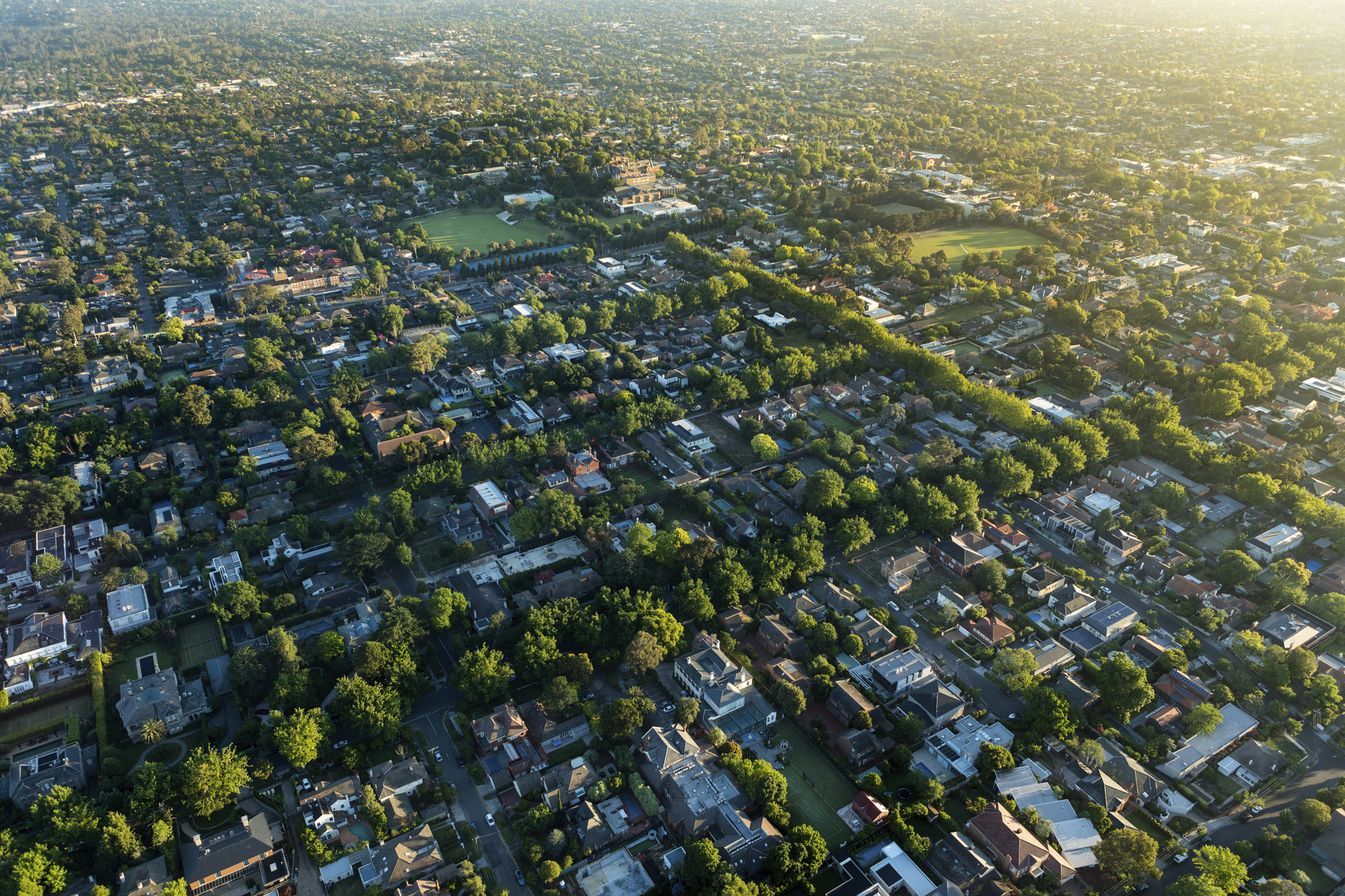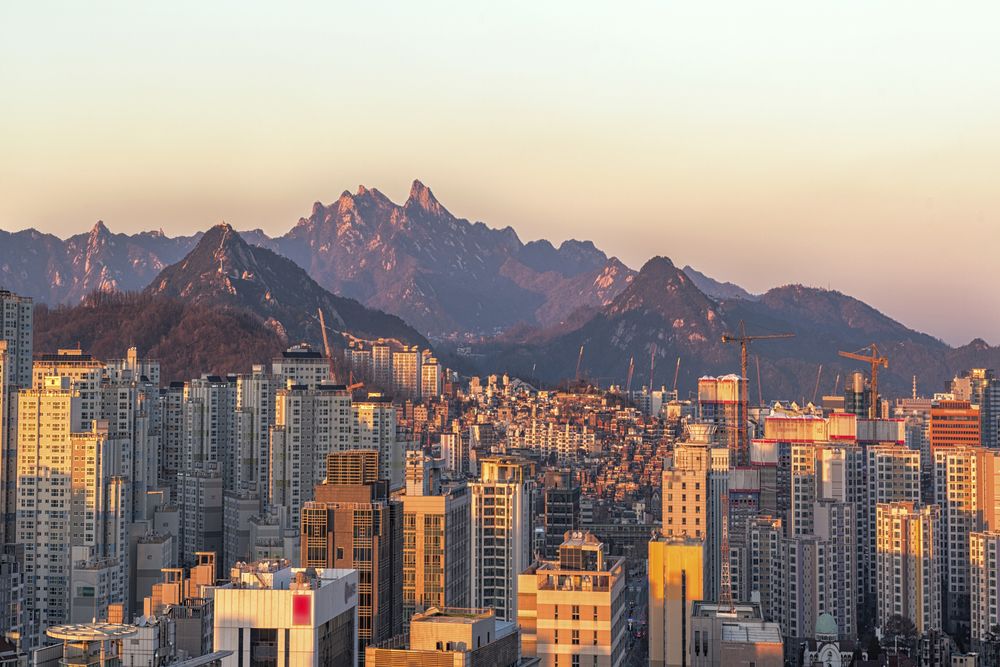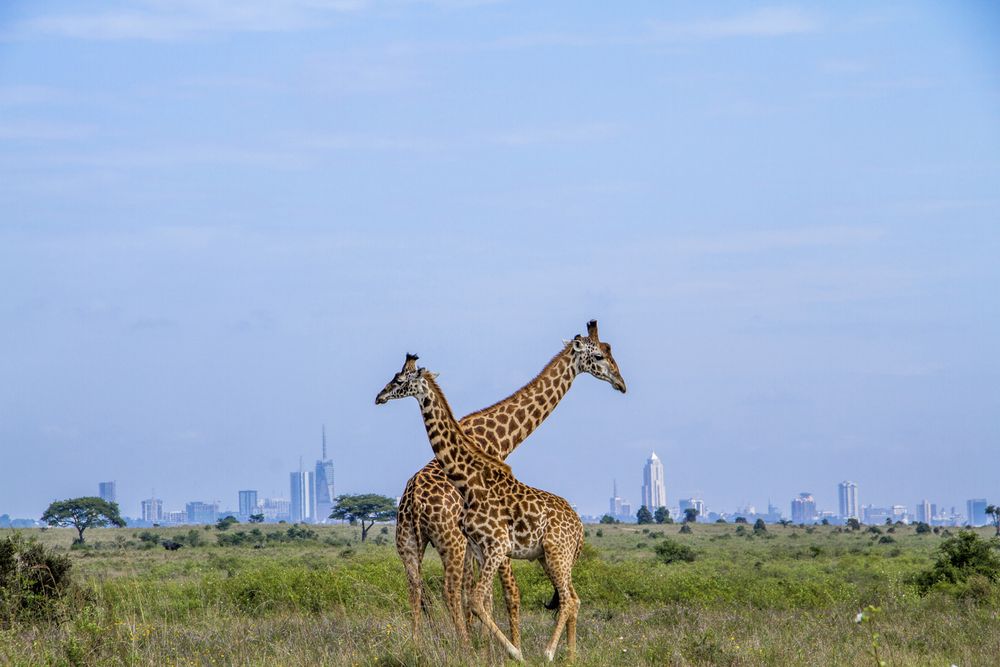November 20, 2018

This century will be remembered as the urban century. Our generation will witness the most significant urban growth in human history. By 2050, there will be 2.4 billion more people in cities, the result of a rate of urban growth equivalent to building a city the population of New York City every six weeks. Humanity will have urbanized an area of 1.2 million square kilometers, larger than the nation of Colombia.
Cities have been called humanity’s greatest invention, and urban living can bring many benefits. Relative to more rural areas, cities boast increased economic productivity and innovation, greater opportunities for education and individual enhancement, and more efficient use of resources. But the rapid growth of cities presents a challenge to the global environment, both directly, through the expansion of their footprint, and indirectly, through urban energy and resource use. How can we make space for the natural world in an urban world?
 Bukhansan National Park rises up behind the cityscape of Seoul, South Korea. Photo Credits: iStock
Bukhansan National Park rises up behind the cityscape of Seoul, South Korea. Photo Credits: iStockDozens of the world’s scientists have united to answer that question in a new effort we call the Nature in the Urban Century Assessment, which finds that urbanization trends could result in significant biodiversity loss if global leaders fail to take timely action to invest in more sustainable cities.
The goal of the Nature in the Urban Century Assessment is to present winning strategies for conserving nature in the face of urban growth around the world, for the benefit of both biodiversity and human well-being. Our report projects that urban growth could threaten 290,000 square kilometers of natural habitat between 2000 and 2030. Habitat loss will be most extensive in temperate and tropical forests, including areas famous for their rich biodiversity. Targeted action in these places facing outsized impact—which include parts of the United States, Brazil, Nigeria and China—could make a real difference in preventing biodiversity loss.
A large proportion of some other biomes, including Mediterranean-type habitats and mangroves, will also be affected. We show that biodiversity loss will be spatially concentrated, with urban growth in a few specific places having an outsized impact on biodiversity globally. Conservation action on just 49,000 square kilometers could help protect Key Biodiversity Areas (KBAs) at risk from urban growth.
Urban growth could also affect parks and other protected natural areas. By 2030, we project that 40 percent of strictly protected areas (where resource harvesting is forbidden) and one in two loosely protected areas will be within 50 km of an urban area. This increased proximity will raise the likelihood of adverse impacts and will augment management costs to boot.
 Maasai Giraffes in Nairobi National Park, on the outskirts of Nairobi, Kenya. Photo Credits:Boniface Muthoni/TNC Photo Contest 2017
Maasai Giraffes in Nairobi National Park, on the outskirts of Nairobi, Kenya. Photo Credits:Boniface Muthoni/TNC Photo Contest 2017
Furthermore, accelerating urban growth—if poorly managed—could undermine the effectiveness of the world’s response to climate change. How cities grow will affect the amount of energy they expend on transportation and heating—statistics with big implications for greenhouse gas emissions. And habitat loss to urban growth could result in the large-scale release of latent carbon currently stored in biomass. Urban growth, if allowed to proceed unchecked, would destroy natural habitat containing 4.35 billion metric tons of carbon dioxide, the equivalent of the cumulative CO2 emissions from 931 million cars on the road in a given year.
 Maasai Giraffes in Nairobi National Park, on the outskirts of Nairobi, Kenya. Photo Credits:Boniface Muthoni/TNC Photo Contest 2017
Maasai Giraffes in Nairobi National Park, on the outskirts of Nairobi, Kenya. Photo Credits:Boniface Muthoni/TNC Photo Contest 2017Cities will also be impacted by climate change, from hotter summer temperatures to more extreme rain events to sea level rise. In this report, we indicate where coastal natural habitats play a significant role in reducing coastal hazards during storms. In critical coastal zones, we find that, by 2030, urban areas could more than double in size.
Many of the dire scenarios forecast under our business-as-usual model need not come to pass. At the city level, the solution comes down to better planning and management of urban growth. We advocate in the report for the incorporation of information on biodiversity and the benefits of nature into urban planning decisions, to create a comprehensive vision of how nature can co-exist with and support cities—a greenprint for urban growth. Planning can protect biodiversity in natural habitats and maintain the health of our protected areas. Moreover, incorporating natural features, such as urban parks and street trees, into our cities will maximize the benefits that nature provides to people, from increased shade on a hot day to places to recreate and better our physical and mental health.
Our report specifically focused on actions that national and international decision-makers should take to protect nature. Local governments need to be better integrated in national decision-making to ensure that the benefits of regionally unique natural environments are adequately represented in the urban planning process. International institutions have a role to play as well: they are critical in helping to create the policies and provide the financial resources needed to implement urban greenprints. Finally, the countries of the world need to begin discussing, within the Convention on Biological Diversity, how we can collectively work to make the urban century a positive one for the natural world.
The Nature in the Urban Century report was produced though the partnership of The Nature Conservancy, FutureEarth, The Stockholm Resilience Centre of Stockholm University, the Natural Capital Project, iDiv, The Nature of Cities, Urban Biodiversity Hub and ICLEI, including its Cities Biodiversity Center and the CitiesWithNature initiative.
Banner photo: A suburb of Melbourne at sunrise. Credits to iStock



